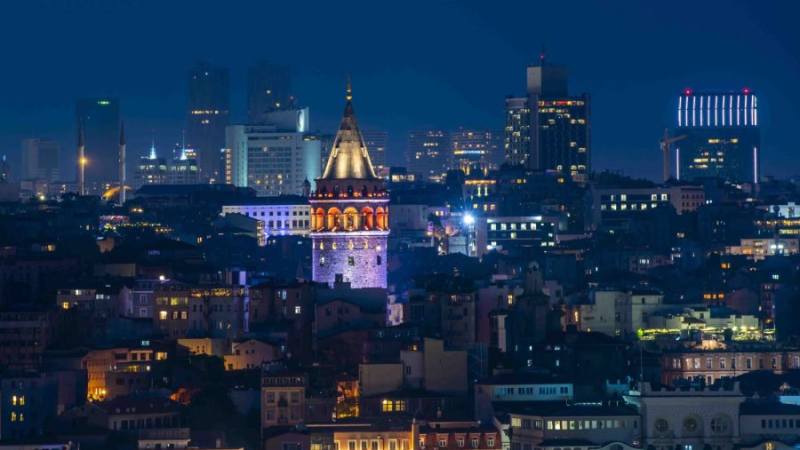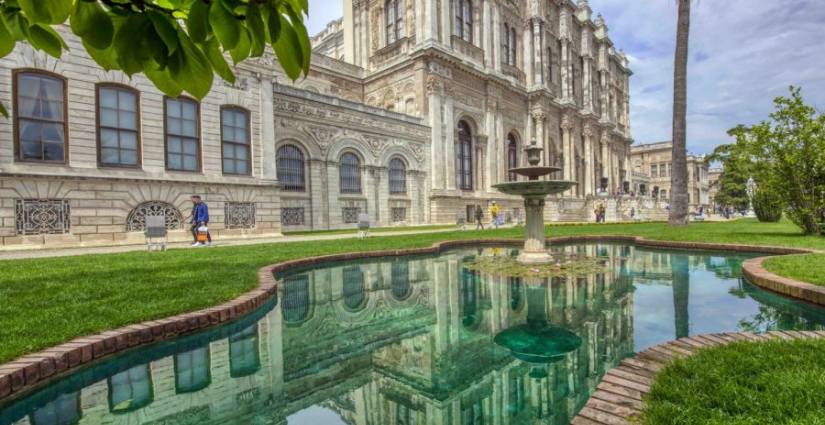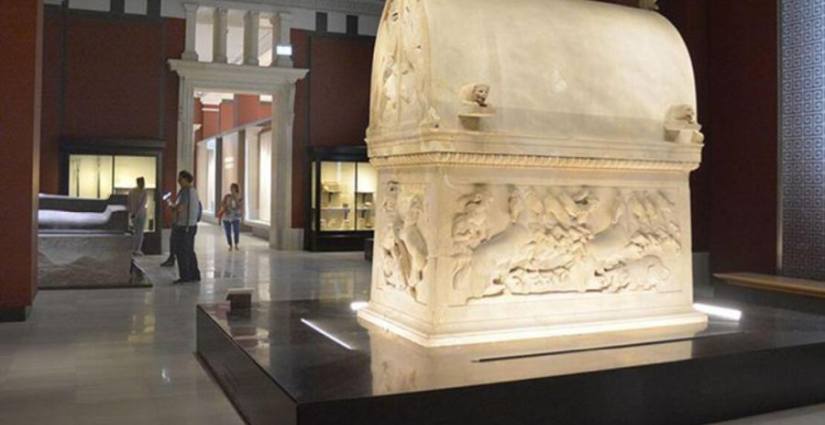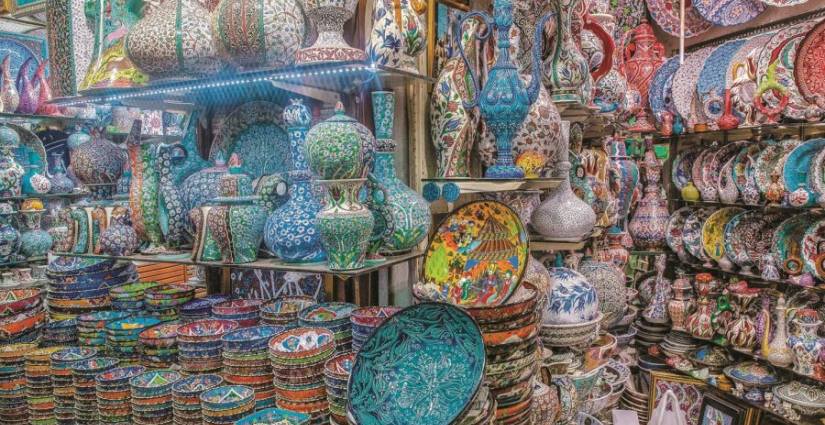
GALATA TOWER
Galata Tower, which is considered among the oldest towers in the world and one of the symbols of Istanbul, was included in the UNESCO World Heritage Tentative List in 2013. Galata Tower, one of the most important structures forming the silhouette of Istanbul, was used as a long-term fire watchtower and was named Galata Fire Tower.
It is known that interest in the tower increased gradually after Hezarfen Ahmet Çelebi completed his flight in Üsküdar, which he carried out by tying wooden wings to his back from the Galata Tower, where he tried to fly in the seventeenth century.
Galata Tower was first built by the Byzantine Emperor Justinianos in 507-508 AD. The current tower was rebuilt by the Genoese in 1348-49. The tower was raised between 1445 and 46. It was damaged by the earthquake in the 1500s and was repaired by Architect Murad bin Hayreddin. After the tower was repaired during the 3. Selim period, a bay window was added to the upper floor of the tower. The building was last repaired in 1967.
Galata Tower was built in a rubble stone mesh system. The exterior is stone masonry. Since the 16-line eulogy in the inscription at the entrance was written during the reign of 2. Mahmut, it is thought that it was written in his name.
The round arched window above the door was the watchtower of the soldiers. It is a nine-storey building after the high ground floor. The windows on its cylindrical body are round arched with brickwork. The development of the last two floors just below the cone roof is emphasized by the profiled moldings surrounding the cylindrical body. The development of the last two floors just below the cone roof is emphasized by the profiled moldings surrounding the cylindrical body. There is a meshed viewing balcony with metal ornaments that wraps the floor under the cone roof. On the lower floor, there are round arches resting on deep niches and windows with round arches made of bricks.
Today, it is observed that the part of the building up to the third floor has a Genoese character and the other floors have an Ottoman character. Today, the building is used for social and cultural activities.
(Kaynak: kulturportali.gov.tr)

DOLMABAHCE PALACE

ISTANBUL ARCHAEOLOGICAL MUSEUMS
